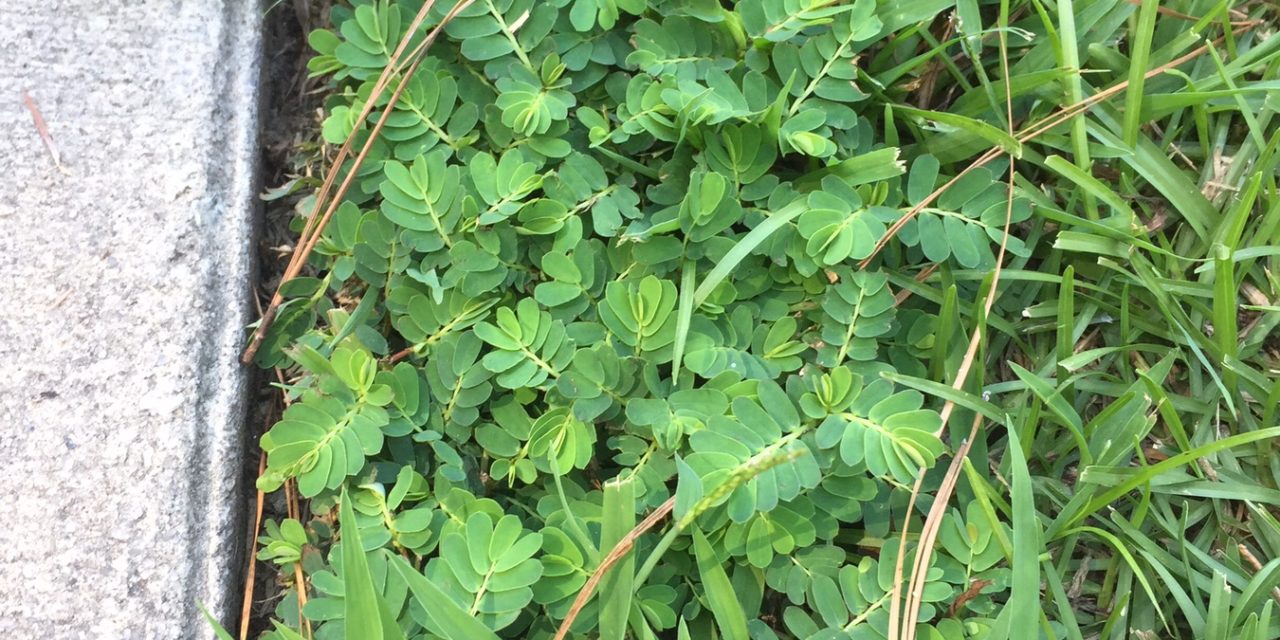
Chamber Bitter – Garden enemy #1
How does my garden grow? It is beyond my expectations after our deep freeze in December and the fluctuations in temperatures this spring. My garden is growing well, but so are some unwanted things.
A plethora of plants that do not seem to mind fluctuations in temperature seem to be weeds and there are a lot of them this year. I have a bumper crop in my garden. In fact, I have enough baby pine trees to reforest Europe and most of the British Isles. They are everywhere and grow up in the middle of my growing perennials.
I am basically giving up in some areas and smothering them with mulch.
I also have baby oak trees everywhere thanks to squirrels. Why do they bury things down here? It is not like we have a real winter like up north. Fortunately, the squirrels don’t always do a good job excavating and they are easy to pull up.
Weeds loved that stretch of warm weather we had in February. I have also learned a lesson. I let some of my native plants set seed. And there are few that you should not let go feral because they take over. One is white Crownsbeard (Verbesina virginica) I “rescued” it living in a drainage pitch and planted it in a pollinator garden. It grows to seven feet tall and has clusters of white flowers – pretty impressive. What I did not realize is that it produces hundreds of offspring if allowed to set seed. I do not want seven-foot tall plants to take over the entire garden so I am pulling and pulling. My bad.
And then there is Beggar’a tick. Beggar’s Tick (Bidens pilosa) is another common roadside plant that spreads like crazy. I love the tiny daisy like flowers and bees love it, but it does get out of hand. This year I will deadhead before those seeds fly off.
Of course, this brings up the question of when is a plant a weed and vice versa. I have always heard that a weed is a flower in the wrong place. In my Clemson weed book, many of the plants listed as common southern weeds are plants that I pay money for at a nursery such as Blanket Flower or Gaillardia. In Britain, Goldenrod is a treasured garden flower as well as Mullein– those tall yellow flowers with light green fuzzy leaves that grow by the side of our roads. I have seen Mullein in some of the most impressive gardens in England. I have also seen it growing along route 170. I have thought about stopping and digging it out. Last time I tried to do that, I had several cars stop and ask me 1. If I was is distress (Well, of course. I am a crazy plant lady) or 2. Did I need help in burying a body. I think I will stick to buying it at a nursery if I can find it.
Blue-eyed grass (Sisyrinchium spp) is pretty common in our gardens and yards this time of the year. It has been “domesticated” into a pretty garden plant with spiky leaves and small blue flowers. However – In its native form, it is a pest and will intrude into our lawns. There is even a wild geranium that you will find occasionally. It looks like a miniature hardy geranium that grows up north in many gardens. Its flowers are so small that it is not worth taking up space.
One thing about living in our temperate climate is that we have summer weeds and winter weeds. Lucky us. The very worst summer weed is a thug called Chamber Bitter (Phyllanthus urinaria). Just to show you how bad this weed is, if you google it you get ads for various types of herbicides to kill it. It is innocent looking, but under each little leaf are hundreds of seeds. Along the roadside uncontrolled, it can grow to six feet tall. It is easy to pull out – thank goodness. Get it while it is little.
In the winter, we have Hairy Winter Cress (Cardamine hirsuta). This is another innocent little plant with a sweet tiny white flower. It loves to ride along in nursery pots when you buy a plant. That is why I always remove the soil from plants that I purchase. Hairy Winter Cress will grow in sun or shade. It is most prevalent in the winter, but you can find it nearly all year long. It is another seed producer that spreads rapidly if left to set seed.
Should you be upset that you have weeds? No. You have joined the club of gardeners who have such a pleasant yard that our plants have invited their unwanted relatives for a visit. Remember, when you live down south, you will have lots of visitors – some pleasant and some that are more difficult. At least weeds can be pulled and discarded and not just sent to the beach for the day.








